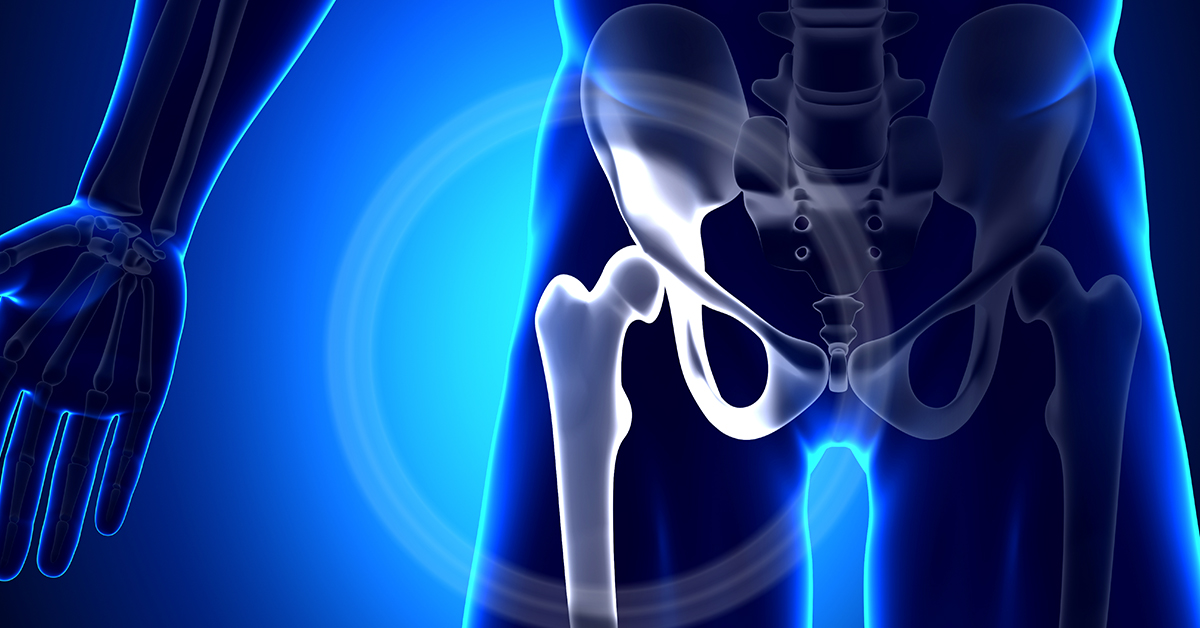Need a new hip? Why not have the fastest recovery time possible?

What is Minimally Invasive Hip Replacement?
Minimally invasive hip replacement is a procedure in which the hip joint is replaced with an artificial joint. This is often performed to remedy severe damage to the hip joint that is causing pain and mobility issues for the patient. Your doctor may recommend this procedure if you have a damaged hip joint, and conservative treatments are having no effect.
Who needs Minimally Invasive Hip Replacement?
Hip replacement may be necessary because of trauma, injury, infection, deformity, or natural degeneration from aging. One of the most common causes for hip replacement is osteoarthritis, which occurs when the cartilage that covers the surfaces of a joint wear out, causing pain as bone rubs against bone. This wearing down of cartilage occurs naturally in the body as we age. Symptoms of arthritis in the hip include mobility issues and dull, aching pain in the groin, thigh, buttock, and possibly the knee.
What are the steps in Minimally Invasive Hip Replacement?
Initial Incisions Are Made
This procedure is performed as minimally invasive as possible. Often the procedure is performed through two small incisions. The surgeon works through these incisions with specialized tools. By performing the hip replacement this way, less tissue and muscle are damaged, resulting in a speedier recovery for the patient.
The Damaged Bone is Removed
The femur is detached from the hip socket, and then the damaged femoral head is removed.
The Hip Socket is Cleaned
The hip socket is cleared of damaged cartilage and bone.
Implantation of Metal Shell
A metal shell implant is pressed into the hip socket. Surgical screws or bone cement may be used to secure the shell.
Insertion of Liner
The hip socket replacement is completed with the insertion of a liner into the metal shell. The liner material may be plastic, ceramic, or metal.
Preparation of the Femur
Once the hip socket replacement is complete, the surgeon hollows out the end of the femur.
Implantation of Stem
A metal femoral implant, or stem, is inserted and pressed into the hollowed out canal made in the femur. The stem may be secured with bone cement.
Attachment of Ball
An artificial femoral head, or ball, is attached to the stem. This replaces the damaged femoral head removed earlier. The material of the ball will match the material used to line the metal shell.
Finishing the Procedure
The surgeon then joins the new ball and socket components together, forming the new hip joint.
After Surgery
The length of hospital stay after this procedure varies. Because the hip replacement described here is performed minimally invasive, it may be performed as outpatient or you may be required to stay for observation for a few days. Your doctor may prescribe physical therapy to help restore normal and pain-free mobility after the surgery. Recovery time varies depending on the severity of the initial injury and the patient's adherence to the physical therapy prescribed.

